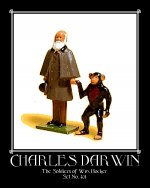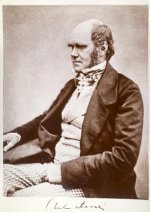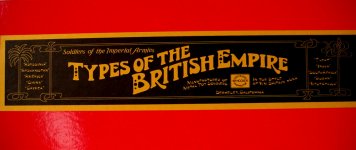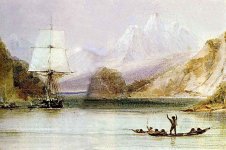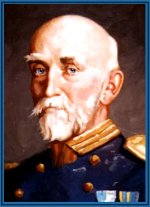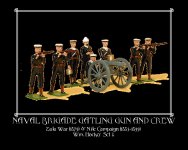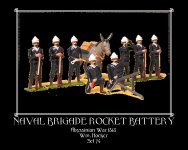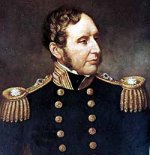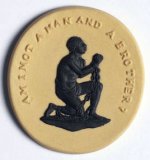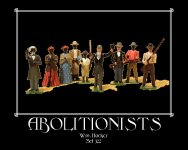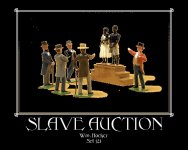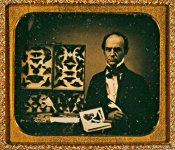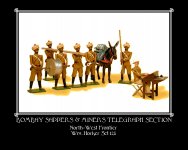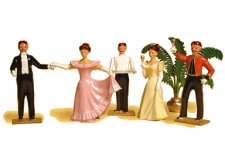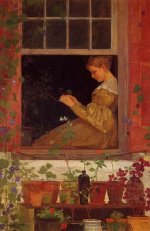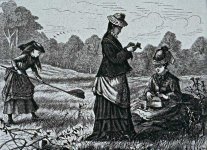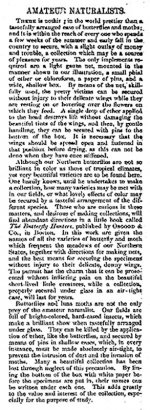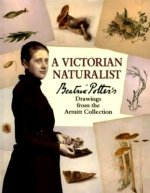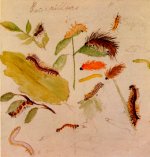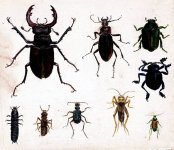PolarBear
Major
- Joined
- Feb 24, 2007
- Messages
- 6,706
I am beginning a new thread which I will be developing that will examine such things as the Colonial Wars of the 19th Century, the relations of the sexes (G-rated ), fashion, and toy soldiers. This exploration will include aspects of anthropology, evolutionary theory, military and cultural history. It will utilize images from 19th Century art, photography, illustration, and the soldiers of Wm. Hocker to make its points.
), fashion, and toy soldiers. This exploration will include aspects of anthropology, evolutionary theory, military and cultural history. It will utilize images from 19th Century art, photography, illustration, and the soldiers of Wm. Hocker to make its points.
The key or "Rosetta Stone" to my discussion will be the work of Charles Darwin represented here in Mr. Hocker's set commemorating the 200th Anniversary of Darwin's birth (1809) and the 150th Anniversary of the publication of Darwin's Origin of Species (1859).
So if this subject appeals to your interests look for new posts on this thread in the new Wm. Hocker section of the forum.
The key or "Rosetta Stone" to my discussion will be the work of Charles Darwin represented here in Mr. Hocker's set commemorating the 200th Anniversary of Darwin's birth (1809) and the 150th Anniversary of the publication of Darwin's Origin of Species (1859).
So if this subject appeals to your interests look for new posts on this thread in the new Wm. Hocker section of the forum.


